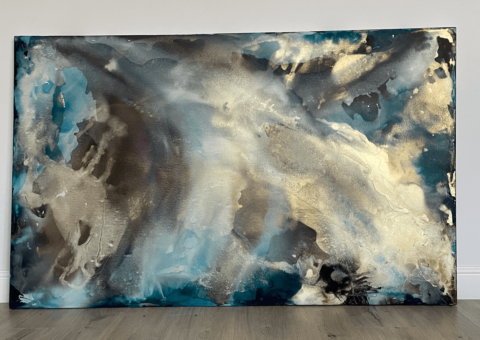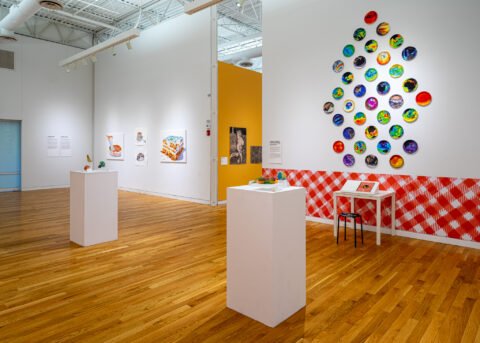“Humans cannot live without nature,” the artist Makoto Azuma says, “but nature doesn’t need humans. They’re alive all by themselves, with strong vitality.” Makoto is known for innovatively incorporating plants into his work — and is something of a flower whisperer. (“I think plants send out signals to each other, which we humans cannot hear or see at all; it’s like a coded message or symbol,” he says.) Two years ago, he made headlines, including at T, for firing two pine sculptures into space from Nev.’s Black Rock Desert, for a project called “Exobiotanica.”
Makoto’s latest venture, which he is unveiling today, is the fifth capsule collection at Chamber, the high-minded Chelsea boutique of curator-selected presentations. After the Chamber founder Juan Garcia Mosqueda invited the multidisciplinary artist Andrew Zuckerman to curate a year-long, two-part collection exploring intersections between humanity and nature (with the first installment premiering last Sept.), he picked Makoto for the second iteration, citing the artist’s ability to transform “well-tread materials” into “something utterly new.” (The two artists have worked together with Chamber before — Zuckerman curated the boutique’s second capsule presentation, a group show that included Makoto’s “Paludarium Osamu,” a self-sustaining ecosystem that entailed a bonsai tree provided oxygen for a living fish in an aquarium.)
This Chamber show is Makoto’s first solo outing in a New York gallery, and comprises the largest collection of objects (50, to be exact) Makoto has presented here — but also contains entirely new spins on those common materials. This time, the artist set his sights on the polypore, a type of mushroom. “Polypores have super complicated shapes and textures, which humans never produce,” he explains of how the fungi caught his attention. “Especially, that shape reminds us of a masculine appearance.” For his Chamber collection, Makoto sourced polypores from six regions in Japan — Tokyo, Chiba, Gunma, Yamanashi, Gifu and Yamagata — and coated the edges in metals, including gold, platinum and copper. “I wanted to use those materials of metals for a long time. I always combine together natural materials and artificial materials to make another aspect of beauty or possibility,” he says. “I came to the idea of using botanical sculpture as a method while searching for a way to express the untapped potential of plants themselves.”




